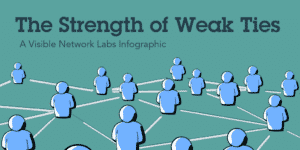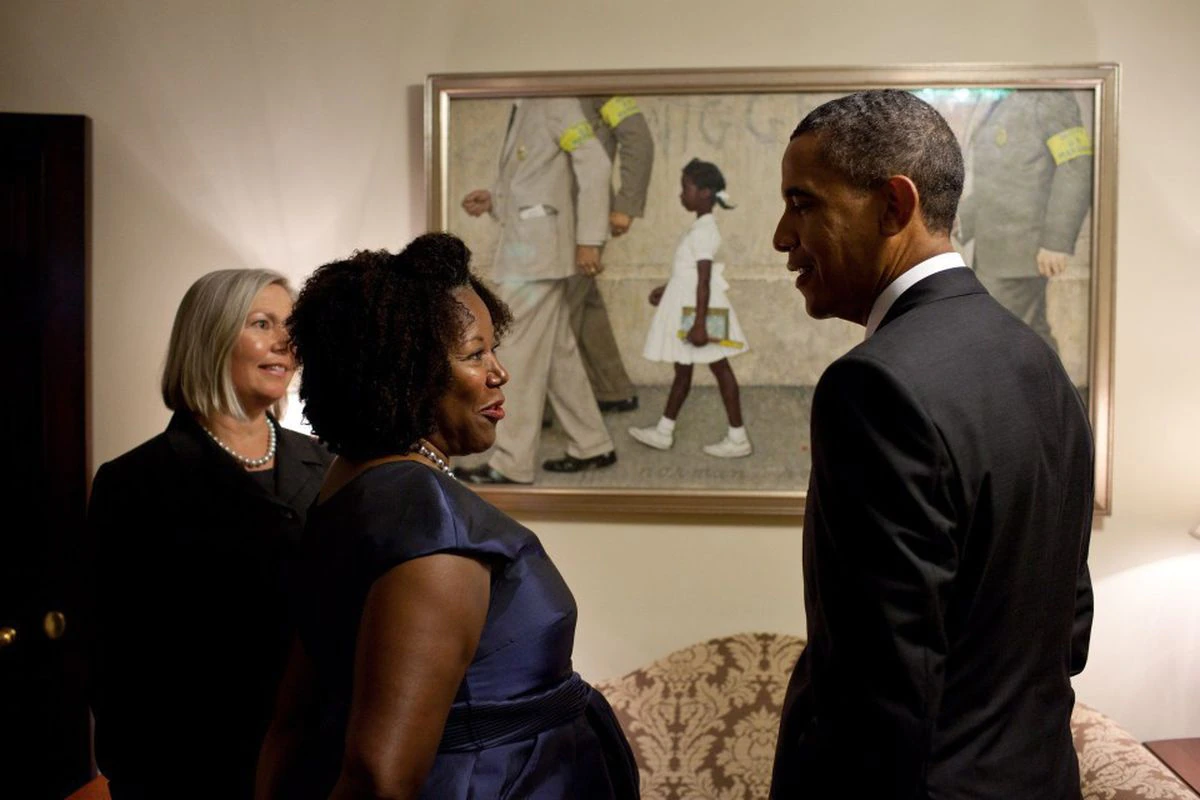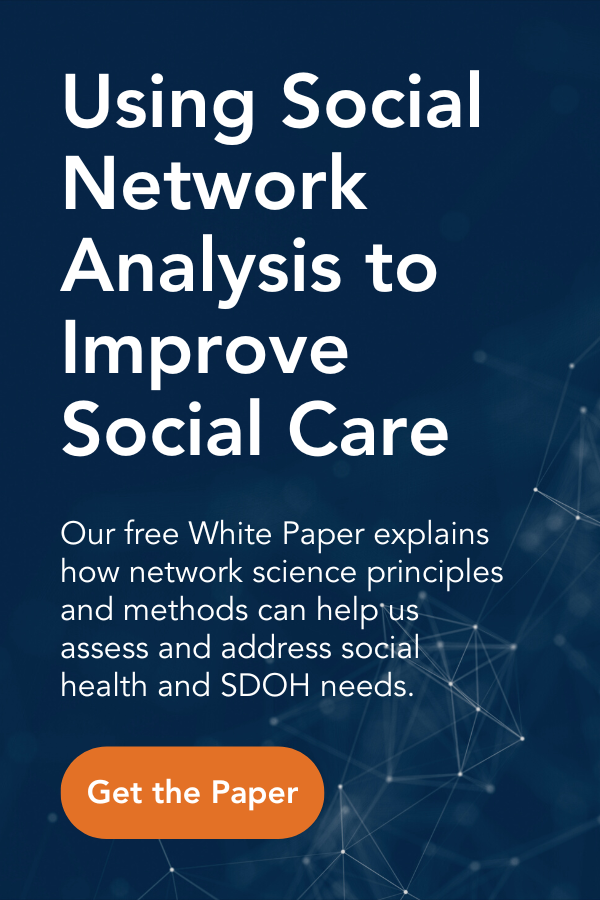Four Women Who Bridged Cultures and Increased Connectedness
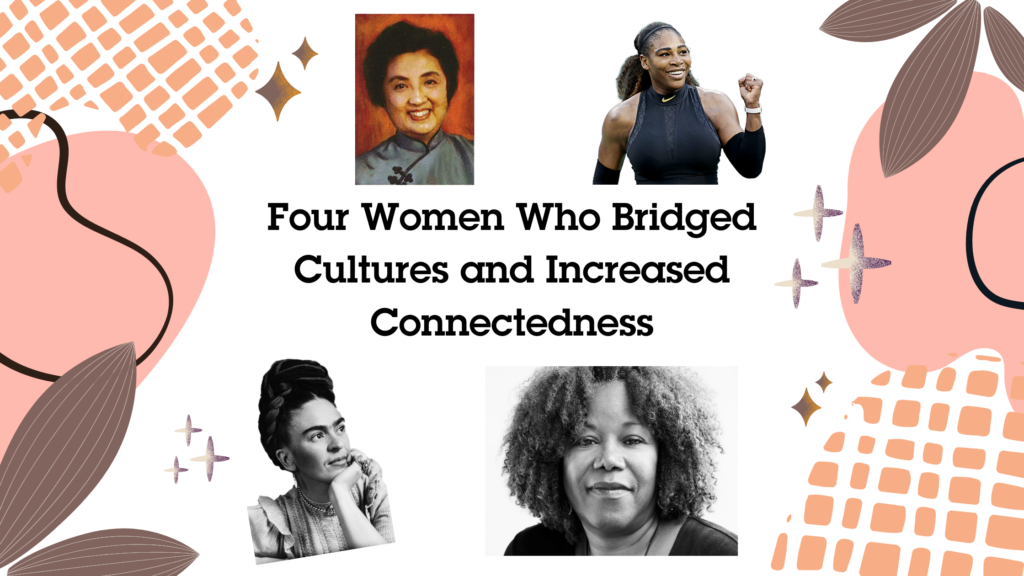
In honoring International Women’s Day and Women’s History Month, we shine a light on four Women who have increased connectedness amongst us. From sharing their recipes and culture, displaying incredible courage, to showing others great empathy and not letting anything stop their creativity, these Women inspire us all.
Joyce Chen: Connectedness Through Cuisine
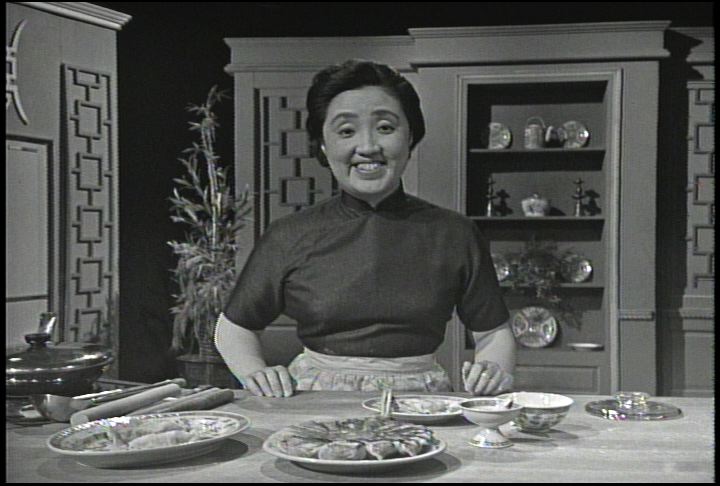
Ms. Chen on the set of her nationally broadcast cooking show.
On April 6th, 1949 during the Chinese Revolution of that year, Joyce Chen and her family left China and began a new life in Cambridge, Massachusetts. In an area dominated by some of the most prestigious higher-education institutions in the world, Ms. Chen frequently encountered Chinese students studying in the United States who clamored for food that resembled what they were accustomed to back home. She began making food for events at the school her three children attended, the Buckingham school. Surprised that her Chinese delights such as pumpkin cookies and egg rolls sold out within an hour, she continued to bring Chinese culture to the U.S. through her recipes.
Joyce Chen went on to further connectedness through food; in 1958, she began teaching Chinese cooking at the Cambridge Center for Adult Education, becoming so popular her classes had a waitlist; in that same year, she opened Joyce Chen Restaurant, her first of many. The restaurant used healthier ingredients, and used a buffet-style format so that many people unfamiliar with Chinese cuisine could expand their palate. Ms. Chen is also credited with numbering menu items to help bridge language barriers between Chinese-speaking staff and English-speaking customers. She and her family went on to open multiple restaurants in the Boston area.
Through her entrepreneurial and creative spirit, Ms. Chen increased connectedness between continents. Her restaurants were “not merely a restaurant, but a cultural exchange center,” said former Harvard President Nathan Pusey. In 1966, “Joyce Chen Cooks” premiered on PBS, making Ms. Chen the first woman of color to host a nationally broadcast cooking show.
Ruby Bridges: Connectedness Through Heroism
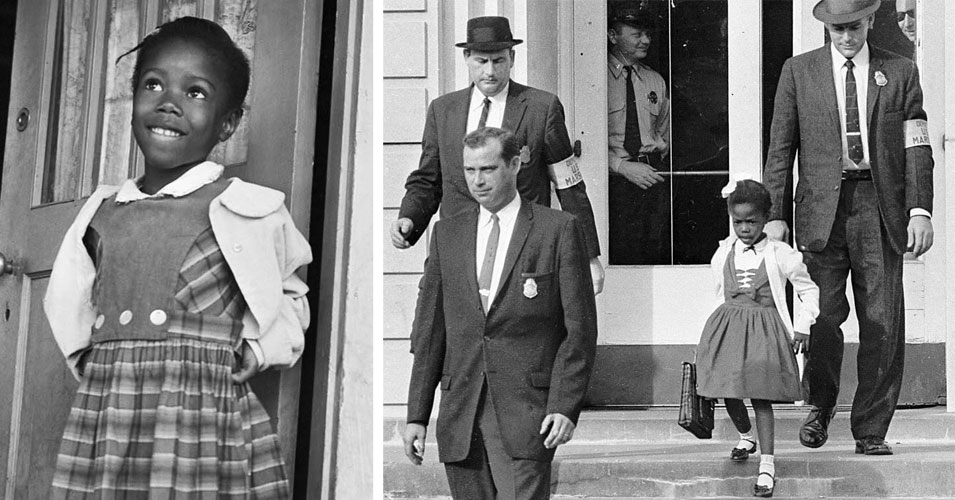
Six-year-old Ms. Bridges; getting escorted to and from school by U.S. Marshals.
Ruby Nell Bridges Hall’s parents didn’t necessarily intend for her to become a civil rights icon, a pioneer, a symbol of hope for racial justice and greater connectedness in our country; they just wanted her to have the educational opportunities that they hadn’t been allowed. The images taken on November 14th, 1960 of a tiny six-year-old Ms. Bridges being escorted by U.S. Marshals while walking into the previously all-white William Frantz Elementary School are burned into our Nation’s memory.
White families pulled their children out of the school, and all but one teacher, Barbara Henry, refused to teach Ms. Bridges. Young Ruby spent over a year as the only child in a classroom, being taught exclusively by Ms. Henry. People repeatedly threatened to poison Ms. Bridges’ food, causing the Marshals who were charged with protecting her to only allow her to eat food she brought from home. Nevertheless, she persisted and triumphed, rising above hate and prejudice.
Ms. Ruby Nell Bridges Hall is 67 years old, alive and well. The unfathomable amount of ugliness (of which there is too much to list in this piece) that she endured is not an ages-old tale. While too much of it continues today, her heroism and strength laid foundations for future generations of children of all colors to learn, play, and grow alongside one another, building connectedness through both their similarities and differences. On July 15th, 2011, Ms. Bridges Hall visited with then-President Barack Obama, and while the two gazed at Norman Rockwell’s iconic 1964 painting, “The Problem That We All Live With”, depicting her being escorted to William Frantz Elementary School, Mr. Obama, the United States’ first Black President, turned to her and said “I think it’s fair to say that if it hadn’t been for you guys, I might not be here and we wouldn’t be looking at this together.”
Serena Williams: Connectedness Through Compassion
Serena Williams is one of the most dominant forces in the sports world. She is widely regarded as the best Women’s tennis player of all time, and has a list of incredible accomplishments. She and her sister Venus have had unparalleled success, bringing power, intensity, and class to the tennis community worldwide, making the sport more accessible to many young girls, especially those of color.
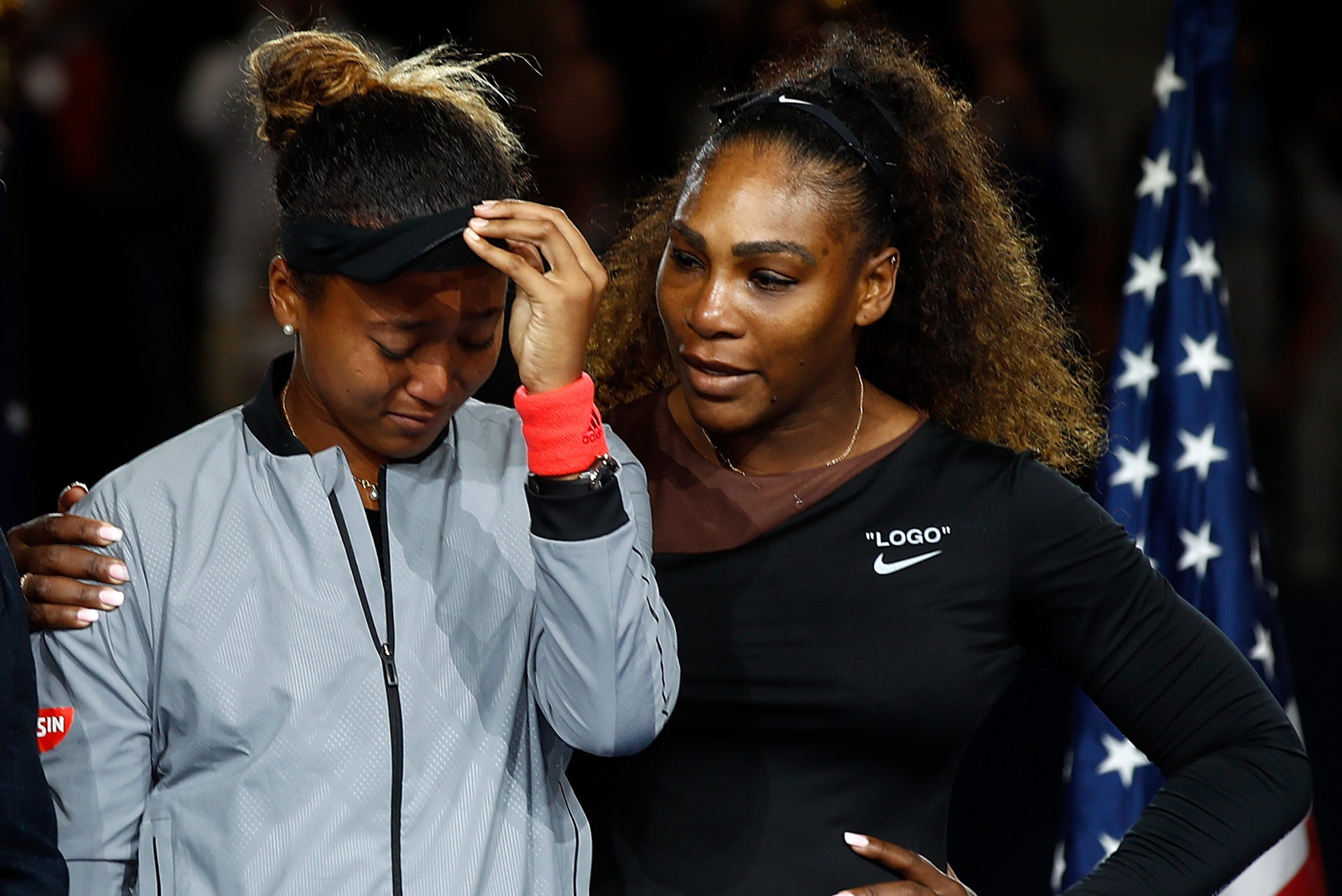
Ms. Williams and Ms. Osaka at the 2018 U.S. Open.
Ms. Williams trailblazing success has connected generations, and come full circle: In 2018, she was defeated in the U.S. Open by then 20-year-old Naomi Osaka, who is of Japanese and Hatian descent, and grew up watching Ms. Williams. It wasn’t just that Naomi won. It was the crowd, many of whom wanted to see Ms. Williams win her 24th Grand Slam title, which would have tied the all-time record. They began booing Ms. Osaka. Ms. Williams recognized the gravity of the situation for Ms. Osaka, a young star who had just defeated her idol. Serena controlled the crowd, and put the booing to rest. “We’re going to get through this, and let’s be positive. So congratulations, Naomi. No more booing.”
Ms. Williams, a dominant force in tennis into her 40’s, connected to the younger generation. Since defeating Ms. Williams for the first time, Ms. Osaka has continued to face harsh criticism from many fronts. She left the French Open, citing mental health struggles. She represented Japan in the 2021 Olympics, eventually being eliminated, prompting many Japanese critics to wonder why she bothered to represent the country. But, by being strong enough to opt out of the competition, she opened up spaces for people of all backgrounds to talk about their struggles with mental health. Serena Williams used the power of empathy and connectedness to empower the next generation of Women’s tennis, who will in turn inspire the next.
Frida Kahlo: Connectedness Through Questioning and Creativity
Frida Kahlo used connectedness to fuel her incredible works. Using her paintbrush, she examined the intersections of many things; culture, travels, love, and the way her image lent itself to certain juxtapositions. Author Liza Blakewell said of Kahlo’s work: “What was it to be Mexican – modern, yet Pre-Columbian; young, yet old; anti-Catholic,yet Catholic; Western, yet New World; developing, yet underdeveloped; independent, yet colonized; mestizo, yet neither Spanish nor Indian?”
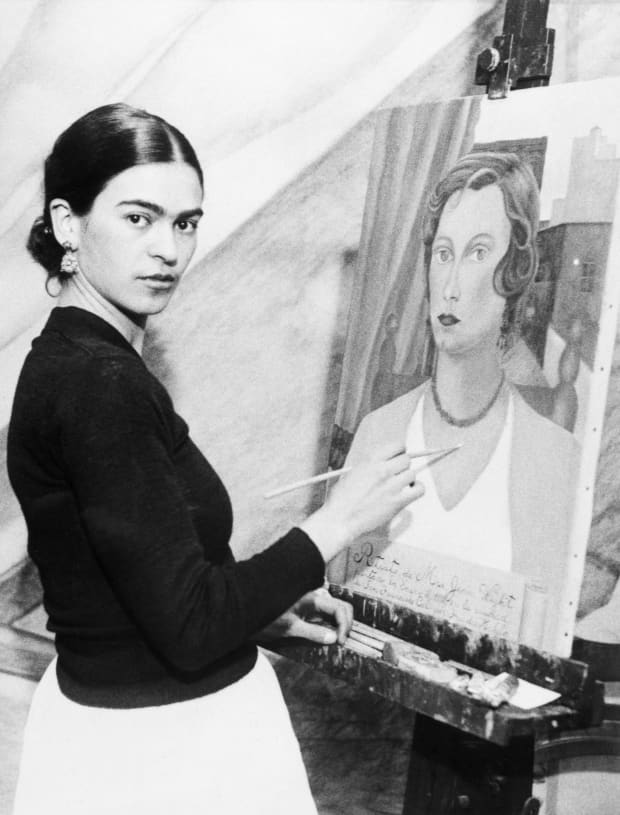
Ms. Kahlo creating.
Ms. Kahlo deeply explored her own femininity, contrasting with the dominant machismo that characterized Mexican culture at the time. She had many health complications, from a childhood bout with polio, a devastating accident aboard a bus, and complications with pregnancies. Women were largely marginalized at the time, and Ms. Kahlo gave them a voice. Still, when being interviewed by the Detroit News during a trip with her husband at the time, artist Diego Rivera, the headline read “Wife of the Master Mural Painter Gleefully Dabbles in Works of Art.”
Frida Kahlo challenged what it meant to be a woman in a male-dominated culture, country, and line of work. She used creativity and connectedness to make sense of complexities in the world. Her conclusions illustrate that of a distinctive, forward-thinking mind. By using renderings of her own image, Ms. Kahlo was able to not only express herself, but to critique and question colonialism, industrialization, capitalism, racism, and gender norms.
Happy Women’s History Month!
Be sure to stay tuned to our Visible Us Blog for more product updates and VNL Team content!
About the Author: Will Jacobson
Will Jacobson is the Business Development Specialist on VNL’s Marketing and Communications Team. Originally from New York City, Will loves living in Colorado and all the outdoor life it has to offer. He’s also a pretty big foodie!
|
|
Thank you for Signing Up |

More Social Care Resources

